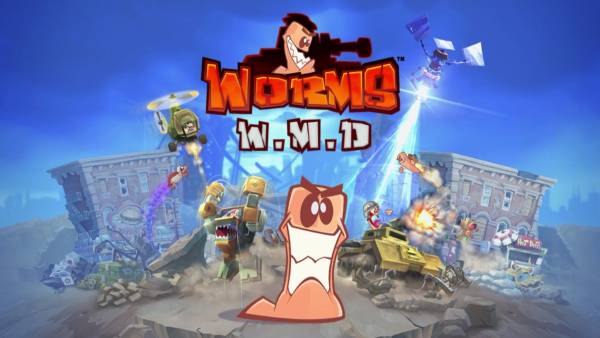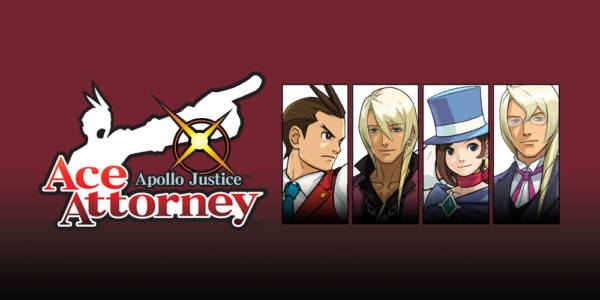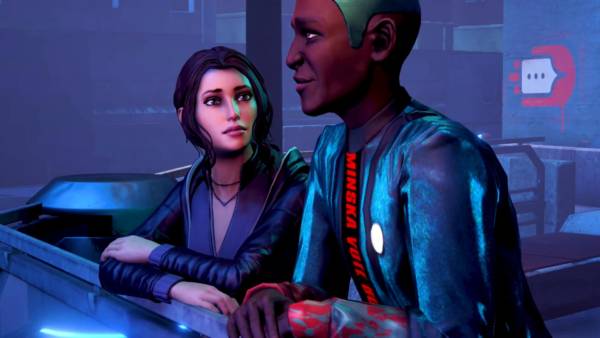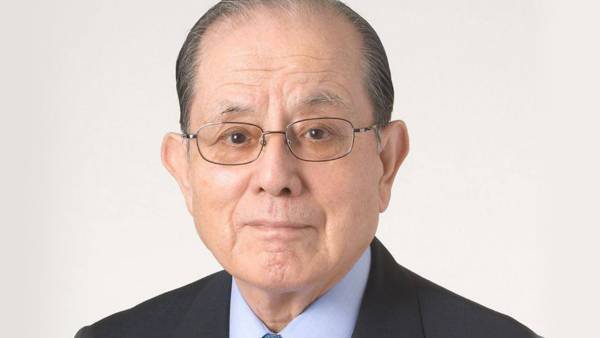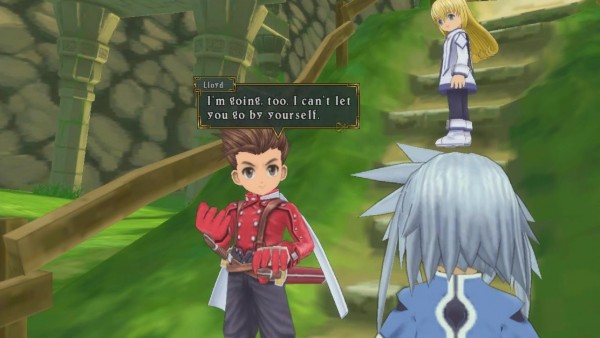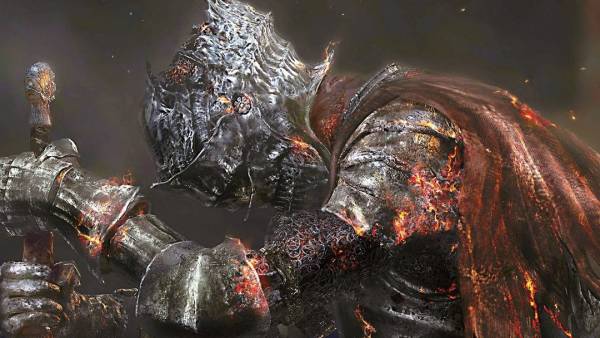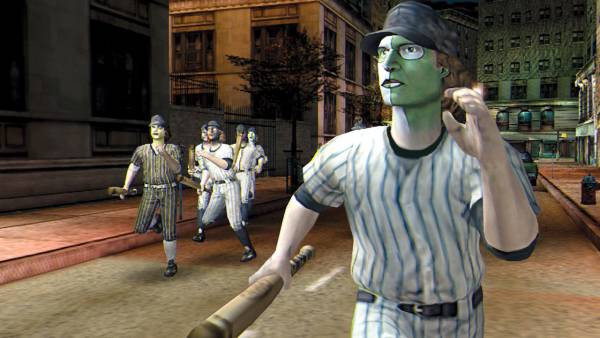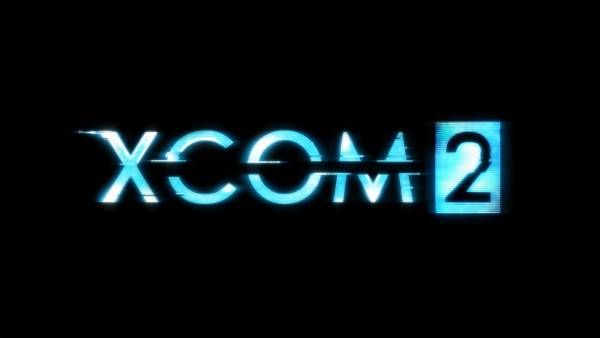Many Japanese role-playing games have become household names in the western world, combining fast paced battle systems with a story of usually epic proportions. One of the most well-known of these franchises is the Tales series, which was originally produced by Namco in the early 90’s and is still going strong today. Revitalised versions of the adventures in the series are not an uncommon occurrence, so it was almost inevitable that Tales of Symphonia would return in high definition, as it is one of the most well-known JRPGs in both the western and eastern world.
Released on the GameCube in 2004, Tales of Symphonia follows the journey of a young man named Lloyd Irving and a young girl named Colette, who is destined to save their world. After being given the title of ‘The Chosen’, Colette must travel the world with a ragtag group of scholars and adventurers to restore to its former glory. As well as the core story, this new version of the game includes the additional content that was only available in the Japanese exclusive PlayStation 2 port, such as an alternative opening theme, and several exclusive items and characters.
Not content with bringing back the original game, Namco Bandai has also included Dawn of the New World, the sequel that was released for the Wii back in 2009. It is set a few years after the first adventure, and quite a few characters from Symphonia return to the fray. The sequel follows a young man named Emil, whose hatred for Lloyd Irving earns him the title of outcast in the town of Luiri. After following an unknown man into a nearby cave, he is transformed into a Knight of Ratatosk, a warrior who is bound to awaken the spirits who keep the balance of the world.
Both games follow the age-old routine of travelling through various locations, performing set tasks, and undertaking optional quests. This is a comfortable experience for the most part, with very little repetition throughout. But as every fan of the genre knows, battles are the bread and butter of any role-playing game. The first version of Symphonia uses a system where the battles take place in real time, with the only additions in the sequel being that you can summon creatures to battle along-side you, as well as your regular party members. You can use standard weapon attacks, parameter affecting items and special techniques that are known as Artes.
One of the trademark features of battles in the Tales series is the ability to leave movement control up to the AI, allowing you to focus on the attacks. The battles themselves are engaging enough, but I couldn’t help feeling that the automatic pull towards the enemy was not as effective as it could have been. Most of the time, I opted to use the manual control, as it felt a lot more organic to influence every action of your character, not just their attacks.
To compensate for the lack of a sensor bar on the DualShock 3, all the controls that required the Wii Remote’s point and click capability have been replaced with a method that requires the right analog stick and the R1 button. This feels like the right choice to make, rather than opting for a motion-controlled alternative that could have felt unnecessary.
Graphically speaking, both games have been given a makeover. After looking back at how the original adventures looked on their home platforms, I felt that Symphonia, in high definition, looks slightly underwhelming, with anti-aliasing issues and graphical tearing present when the scenes become too crowded. Dawn of the New World was stunning, with only frame rate issues impairing the visually superior remaster of Symphonia’s sequel.
Another criticism is that the original game’s loading times were swift in the GameCube and PlayStation 2 releases, whereas they seem to be slightly longer in this new port. This is less of a problem in Dawn of the New World and is not a reason to forsake the collection. While these problems could be argued by the conclusion as the games were released five years apart, it is slightly disappointing that the more popular game in the franchise had received less attention than its relatively underappreciated sequel.
The sound of the games has received no special treatment that has been present in other HD remakes, but the remastered audio tracks are higher in quality than their standard definition equivalents, bringing an extra dimension to the music that has become synonymous with the Tales franchise. Fans of the original Symphonia will be pleased to hear that as well as the English voice track, the Japanese version is available to select from the main menu, with the ability to switch between them at will. This feature is also available in the sequel, for those of you who are not fond of the new English cast of the original game’s characters.
Overall, both games that are featured in Tales of Symphonia Chronicles are unique stories that have a rich mythology, so for the games to be officially re-released on another platform is a very welcome choice. The new content and additional features breathe new life into an already vibrant game, but the lack of optimisation that has been afforded to the original Tales of Symphonia feels like the collection was slightly rushed. While Namco Bandai has not undermined the games that have put the Tales franchise on the map, it feels that they have only given a lukewarm attempt to showcase the JRPGs to their fanbase, and the customers they are trying to entice.
